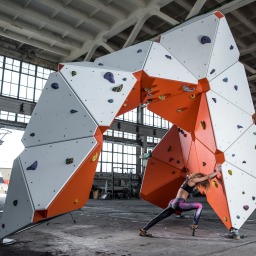We’re In This Together: Climbing Magazine’s Contributor’s Fund
Freelancers are the lifeblood of the outdoor media industry, but COVID-19 has been shrinking journalism budgets across the board. Climbing Magazine, which gets about 75% of their content from contributors, is keeping up the work, and even doling out cash. Continue reading We’re In This Together: Climbing Magazine’s Contributor’s Fund









